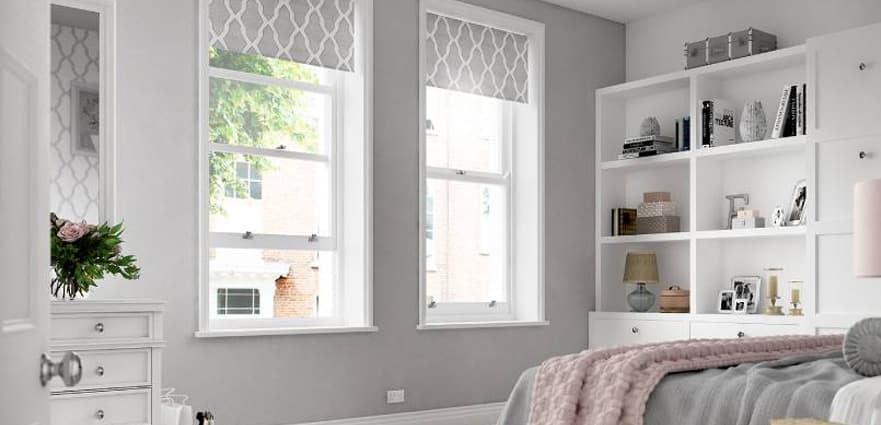
Sash Window
Often considered to be the most aesthetically pleasing window that can add significant value to a house.
Usually fitted in period properties, with a concentration in London. Many listed buildings and properties in conservation areas are required to have sash windows that must be replaced on a like-for-like basis.
The standard sash window has two framed panels that slide up and down crossing over (although, some have one fixed panel, see below). Upper floors must have restrictors fitted as a safety measure.
The original design allows for a vented opening at the top and bottom of the window that can create a draw of air for superior ventilation. A clever design, long before we had air conditioning or extractor fans.
Unfortunately, old sash windows require significant maintenance and usually end up being painted shut in older houses. As the frames age, they create gaps that rattle in the wind and allow blasts of cold air. Cords become frayed and the sashes have to be propped open. Or, they become warped and stiff in the frames and can’t be pushed open.
Modern sash windows are constructed with spiral balances that allow easy opening and closing. Brushes that ensure a good seal when closed and can be double glazed for energy efficiency.
Well-fitted contemporary sash windows look stunning on a period property. Although they are an investment, they can make a property more desirable for sale.
Beware of removing sash windows from period properties as it can have a negative impact on the property value.
Everest make a traditional sash window that can be installed in a traditional period property for a heritage look and an energy efficient uPVC sash window that can be manufactured with a woodgrain finish.
There Are a Few Different Types of Sash Windows
- Single hung
One sash pane slides whilst the other remains fixed. - Double hung
Both sash panes will slide open to allow venting at the top and bottom of the window. - Dummy Sash
The window is styled to look like a normal sash window but the sashes are fixed and don’t open. Used to create symmetry and or equal sightlines on a property.